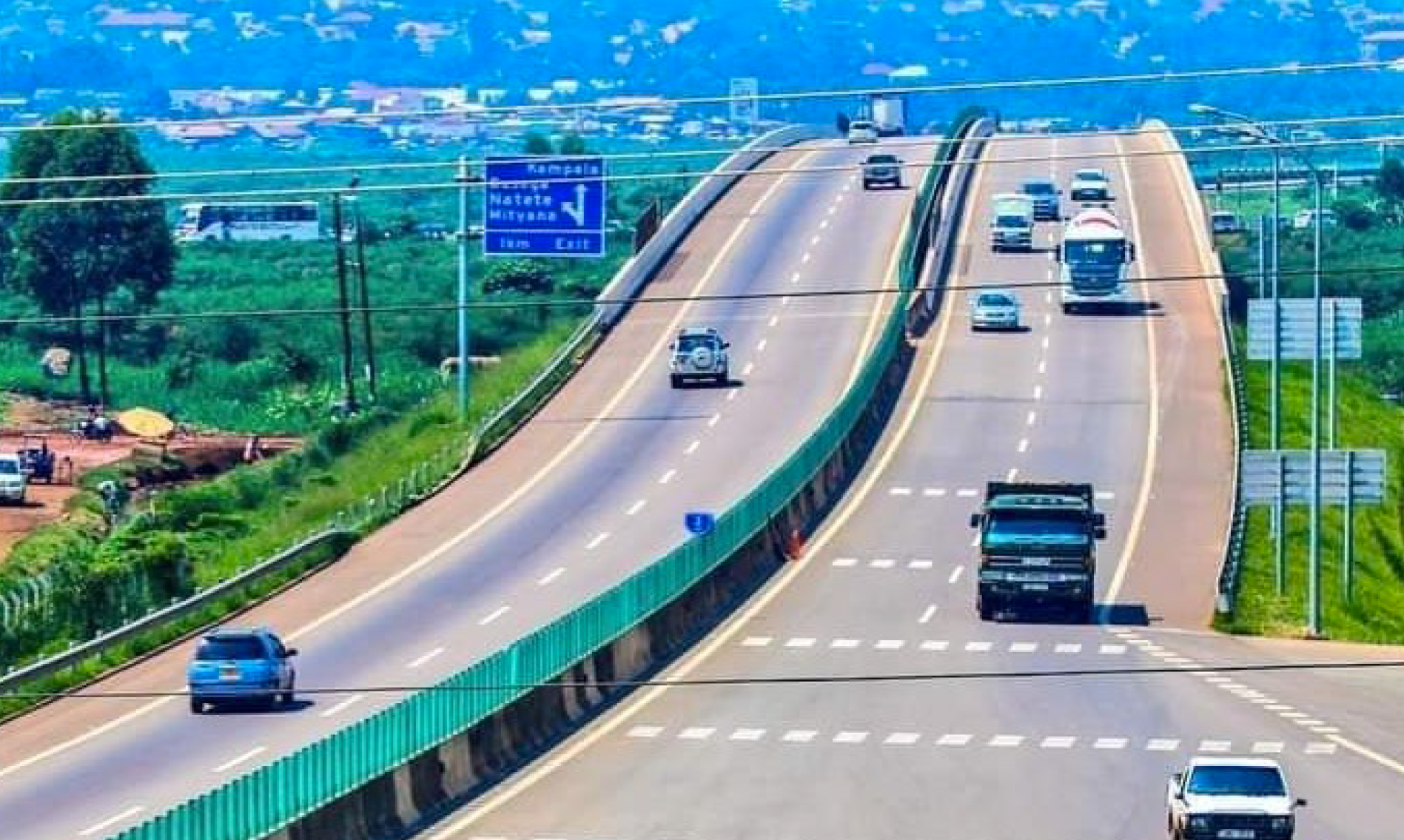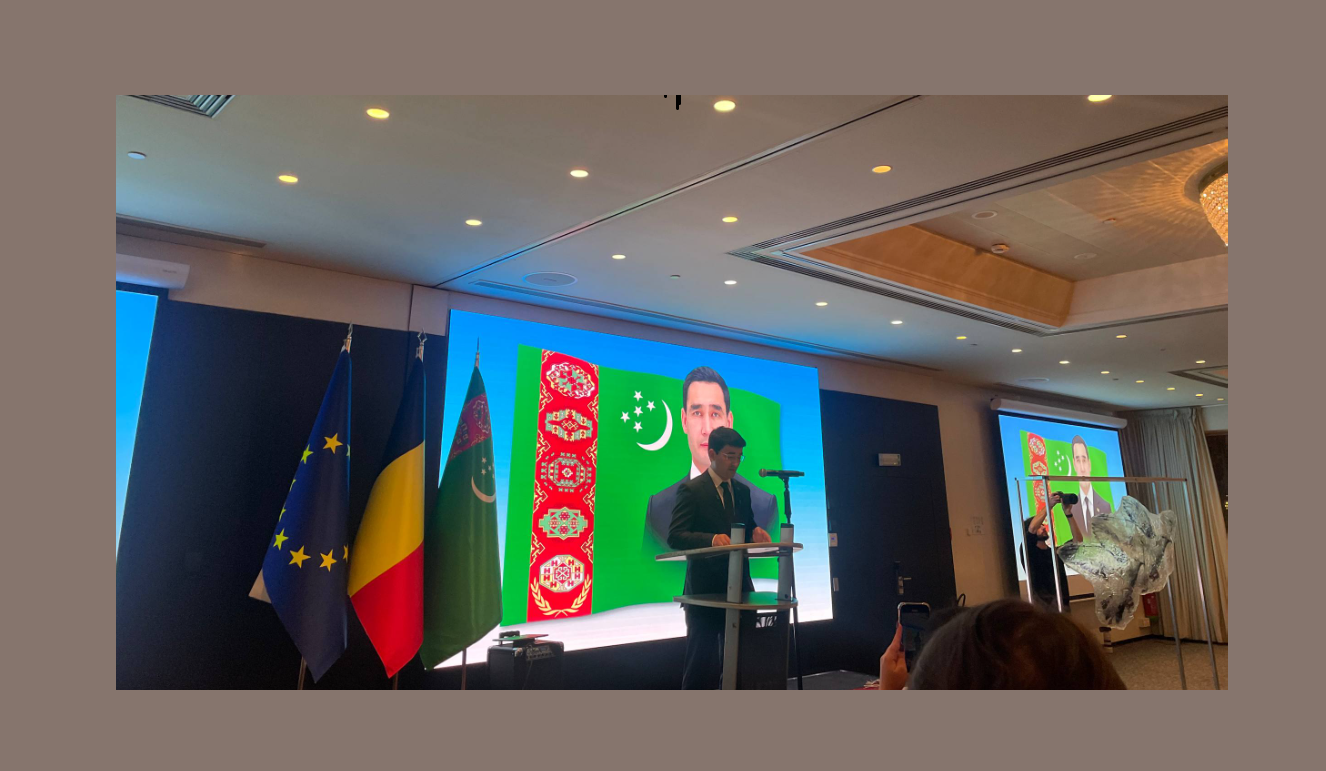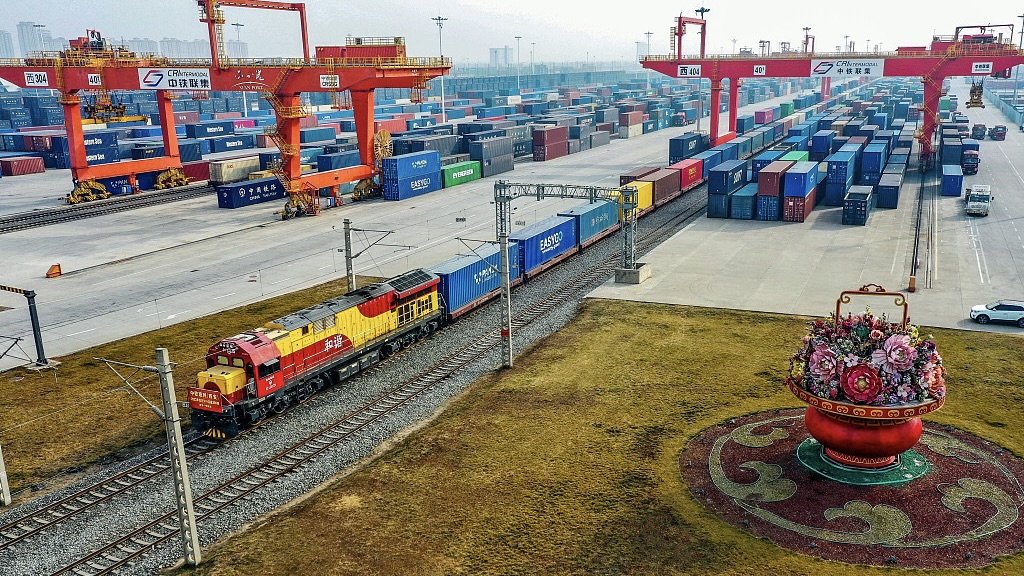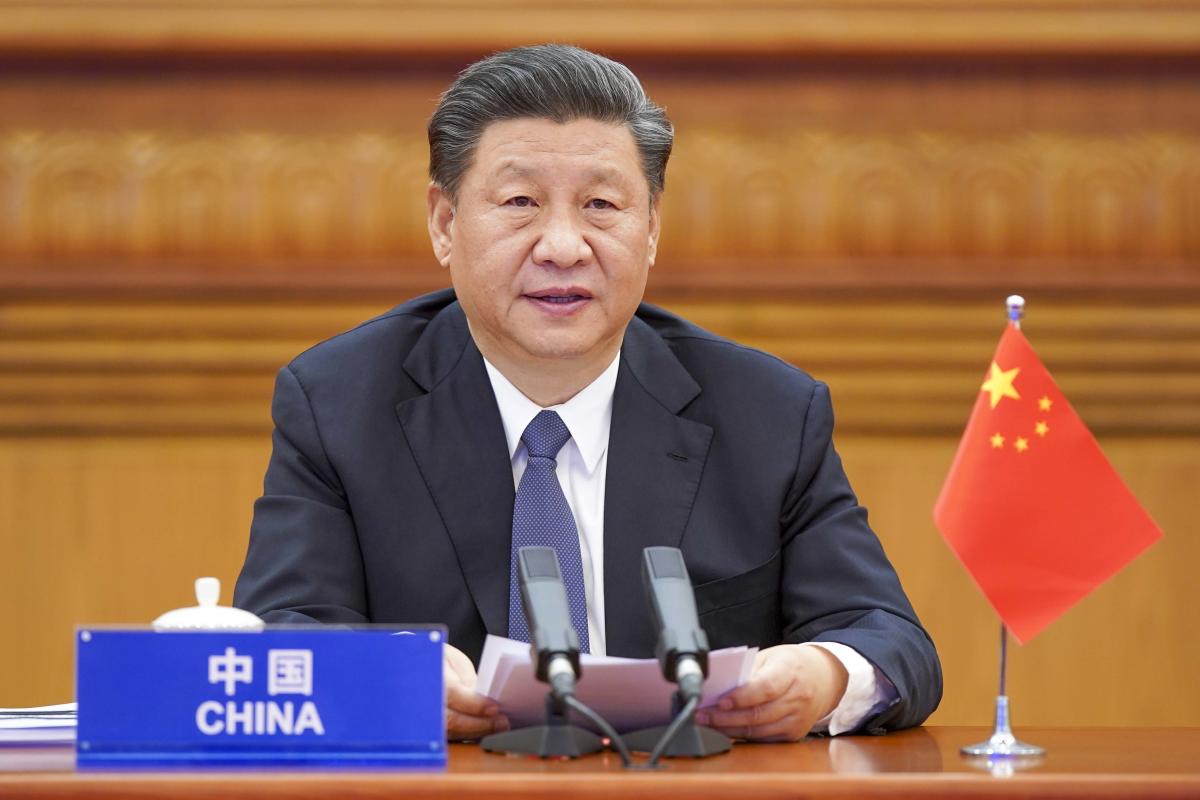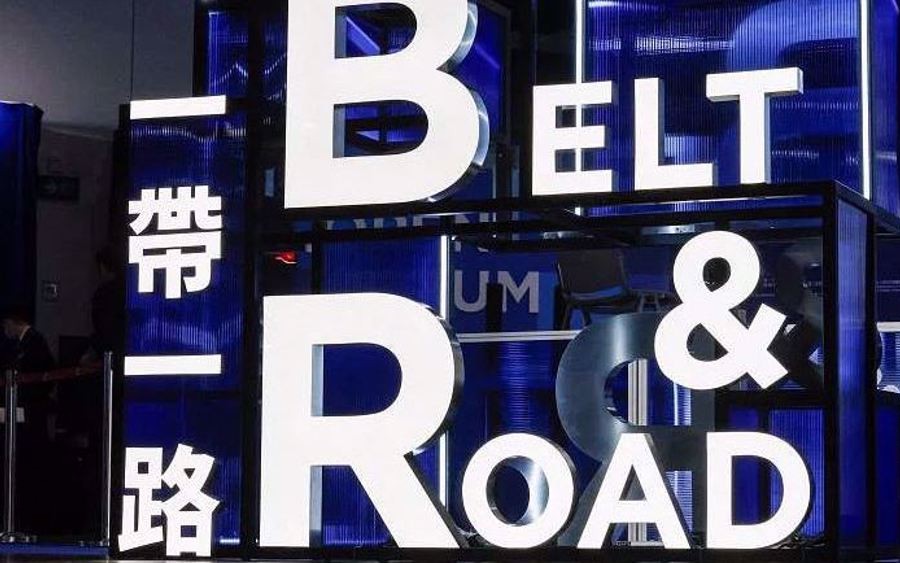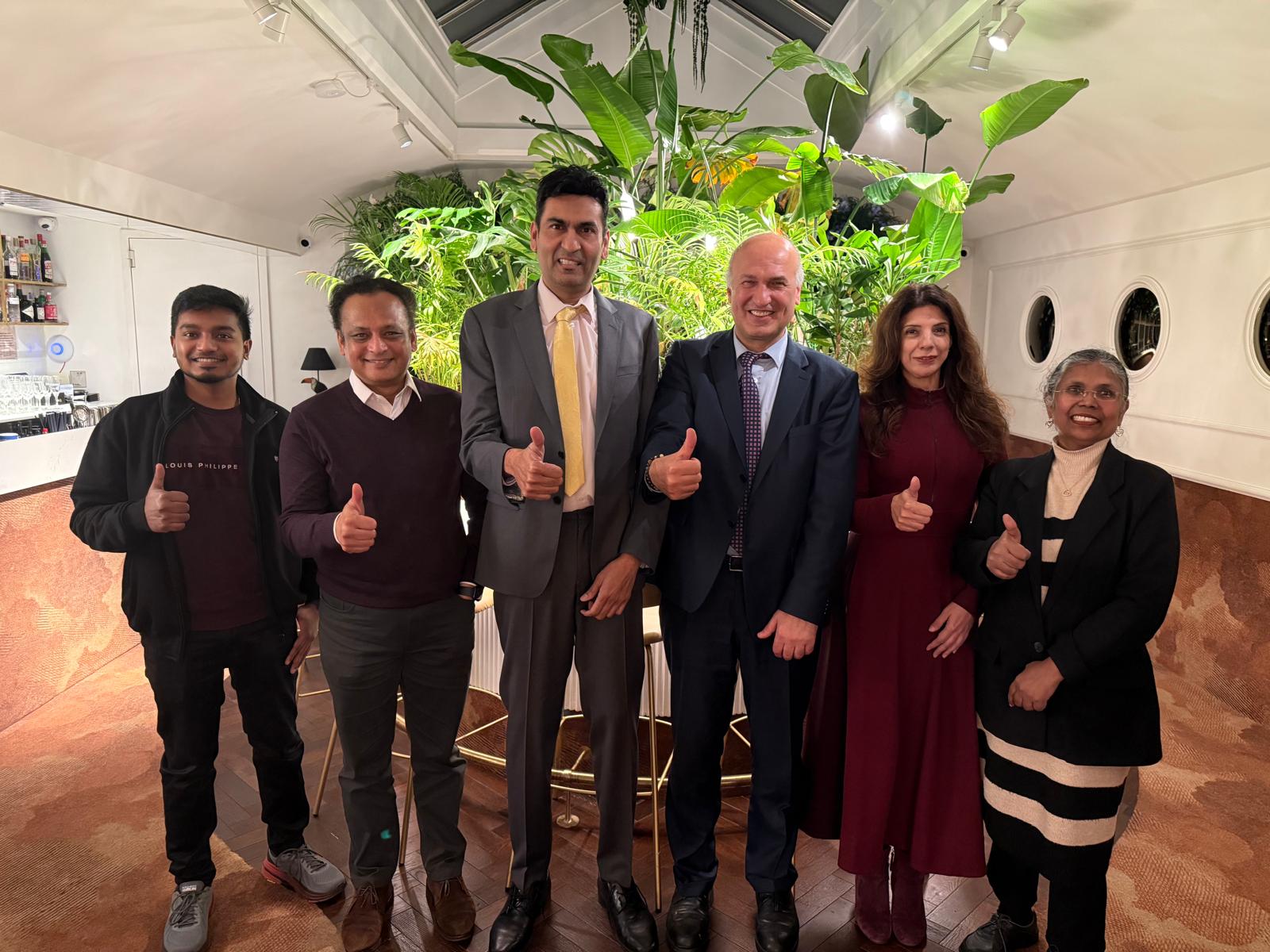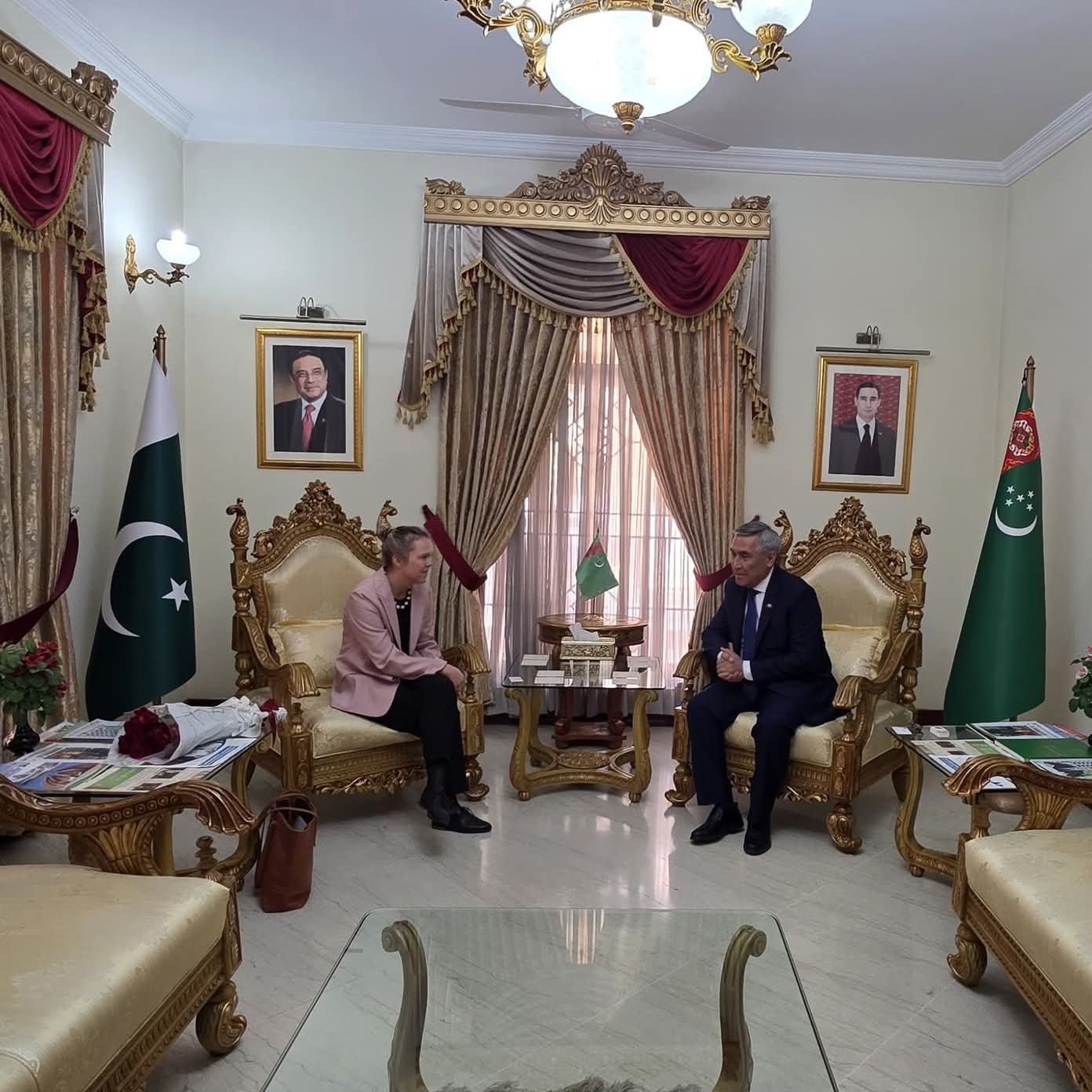To boost up global connectivity and trade, China made a enormous plan to connect with the whole world named as “BELT AND ROAD INITIATIVE”. It was the most expensive infrastructure project in history. In September 2013, China’s President Xi announced the One Belt and One Road Initiative (OBOR). The BRI has emerged as one of the world’s most ambitious and debated development initiatives. China’s main international cooperation and economic strategy is also known as the “One Belt One Road” (OBOR), the “Silk Road Economic Belt and the 21st-century Maritime Silk Road” or just the “New Silk Road”. Whether its Chinese name is 一带一路 (yi dai yi lu) and it was announced by Chinese President Xi Jinping in Kazakhstan in October 2013.
The official “five goals” of the BRI are people-to-people links, financial integration, unhindered trade, facilities connectivity, and policy cooperation. The focus on creating a high-quality, environmentally friendly Belt and Road Initiative has increased in recent years. The Guidance on Promoting Green Belt and Road was released in 2017 by the Ministry of Environmental Protection (formerly the Ministry of Ecology and Environment). Within the five aims, the statement emphasizes the need of ecological civilization, green development concepts, and principles of resource efficiency and environmental friendliness.
Launched in 2013, the Belt and Road Initiative (BRI) is not merely a physical infrastructure project, but, perhaps more importantly, a civilizational reconnection, the “Belt” in the BRI refers to the Silk Road Economic Belt which states that China and Europe are connected via a system of overland transportation routes through Central Asia and the Middle East, and the “Road” rekindling 21st century maritime trade routes from Southeast Asia to Africa. It has since been formally aligned with China’s constitutional principles and has been elevated as a core component of the Chinese national development strategy. The BRI involves the construction of a range of infrastructure projects which includes highways, railways, ports, airports and energy pipelines. More than 150 nations, accounting for more than half of the world’s GDP and almost 75% of the world’s population, had joined the BRI as of early 2025. This is the biggest modern infrastructure project in human history; it is no longer just a theoretical blueprint. According to China’s Ministry of Commerce, the total value of BRI construction contracts and investments across all participating nations has surpassed $1 trillion. While some rely on local or multilateral resources, several significant projects have received funding, technical assistance, or coordination within BRI frameworks.
China’s economic expansion is connected to the BRI’s inception. With extra capacity and cash, China’s economy grew to become the second largest in the world in 2010. The idea of expanding the industrial sector to other areas and nations was viewed as a solution to China’s growing industry during the time when the country’s industrial and economic structure was struggling with overcapacity. The goal of China’s economic outreach was to find new investment opportunities and broaden its business connections. It was crucial to establish connections with neighboring areas and nations to solve the problem of domestic overcapacity and to grow economically outside of East Asia.
CHALLENGES
The economies of many of the BRI’s member nations are having difficulties. Over 90% of all nations that the World Bank has classified as “low income” or “lower middle income” are BRI members. Given that these nations have borrowed money from China. Many in China are finding it difficult to pay them back, and some are forced to seek financial assistance from the International Monetary Fund (IMF). Countries like Zambia and Sri Lanka were compelled to default on their debts due to skyrocketing interest payments. Another BRI nation, Pakistan, has a weak economy and political difficulties. Pakistan is ranked 161st out of 191 countries in the UN HDI. Consequently, the unstable economies of the BRI’s seamless operation is hampered by weak political structures.
CRITICISM
Although China has made significant investments in these projects and provided loans and technical assistance to partner nations, the Belt and Road Initiative (BRI) has been criticized for a number of problems like the lack of transparency, debts, trade deficit, high interest rates and less employment generation. Many member countries think that they would depend on China’s ability and policy and there would be lack of harmony and agreement between members.
FUTURE PROSPECTS OF BRI
China has renamed the BRI as a “Green, Digital, and Health Silk Road” in recent years, particularly after 2021. The Green BRI Initiative highlights renewable energy initiatives (wind, solar, and hydropower), evaluations of environmental risks for new initiatives. China has made a major policy turn toward sustainability by pledging to stop funding coal from other countries. As the second stage of the BRI, the Digital Silk Road (DSR) is beginning to take shape. The areas of focus are Fiber-optic cables, e-commerce sites, 5G networks, and satellite navigation (BeiDou system), Digital payment systems across borders and smart cities. Digital infrastructure helps BRI adjust to the technology-driven economy of the twenty-first century by lowering environmental costs and increasing innovation possibilities.
China is changing its foreign lending policy. Future project approvals are guided by the Debt Sustainability Framework (DSF), which was created in collaboration between international lenders and China’s Ministry of Finance. In an effort to more fairly divide risk, Public-Private Partnerships (PPP) and co-financing models are also becoming increasingly popular. BRI funding will probably move from government-to-government loans to market-driven, commercially viable ventures.

Participant of ICSF-UoS Fellowship Program 2025-26 at University of Sargodha.
